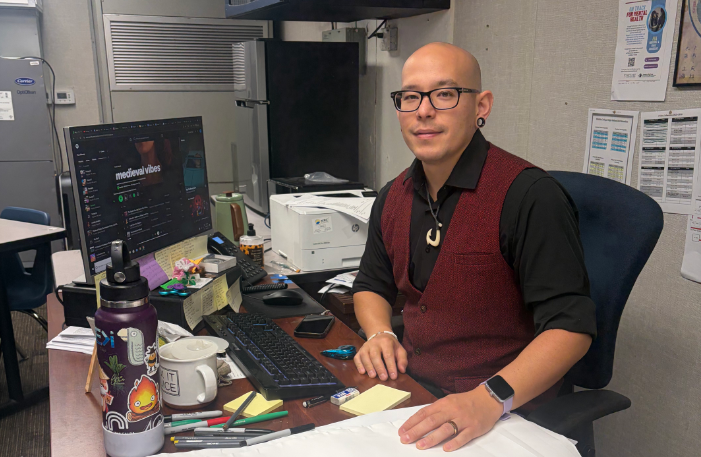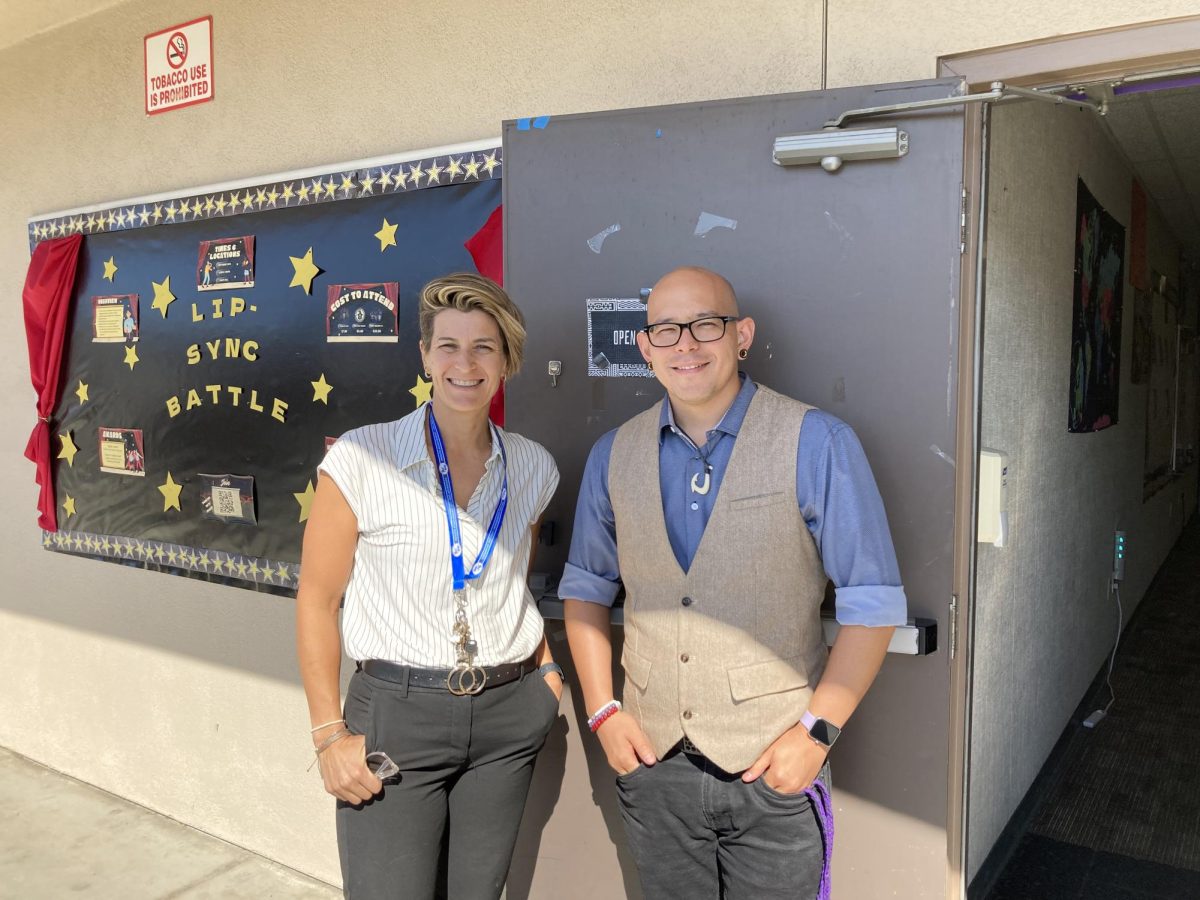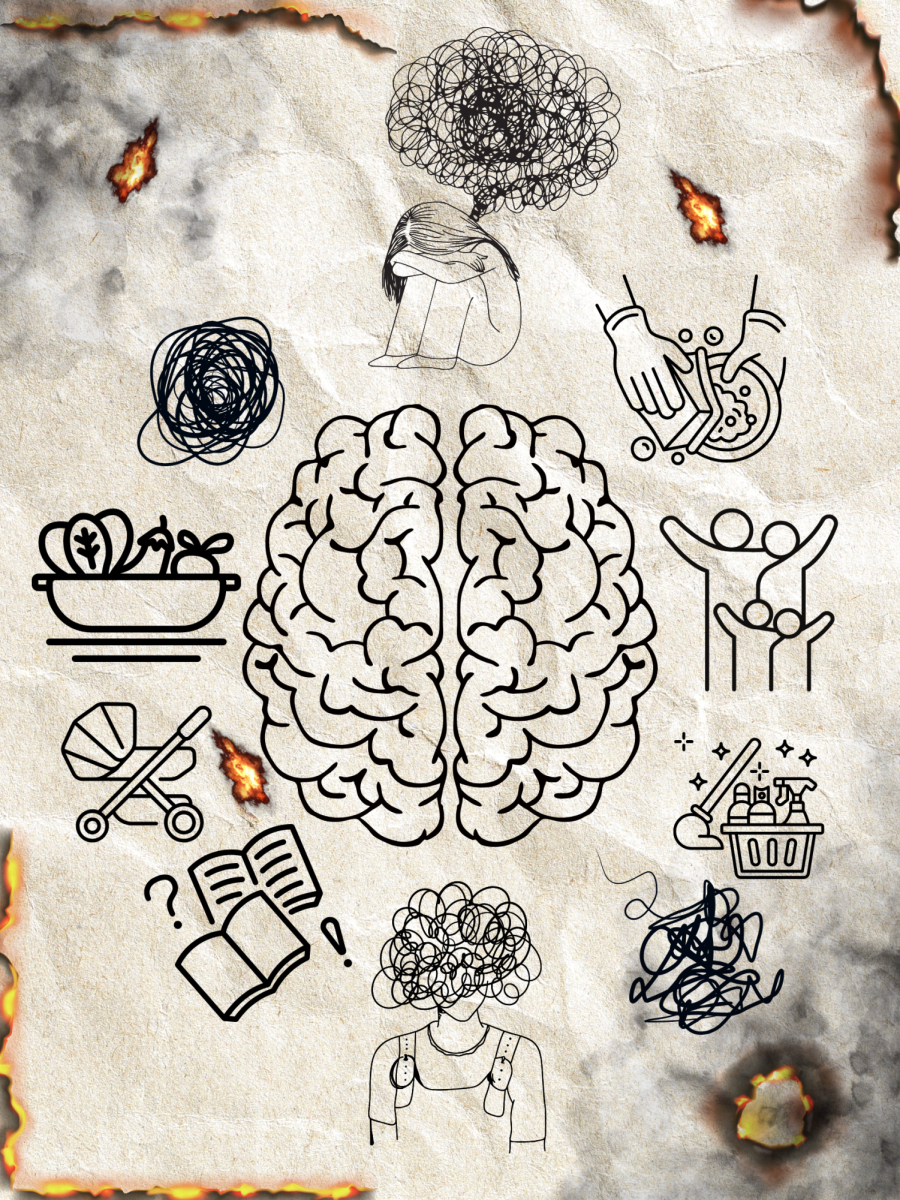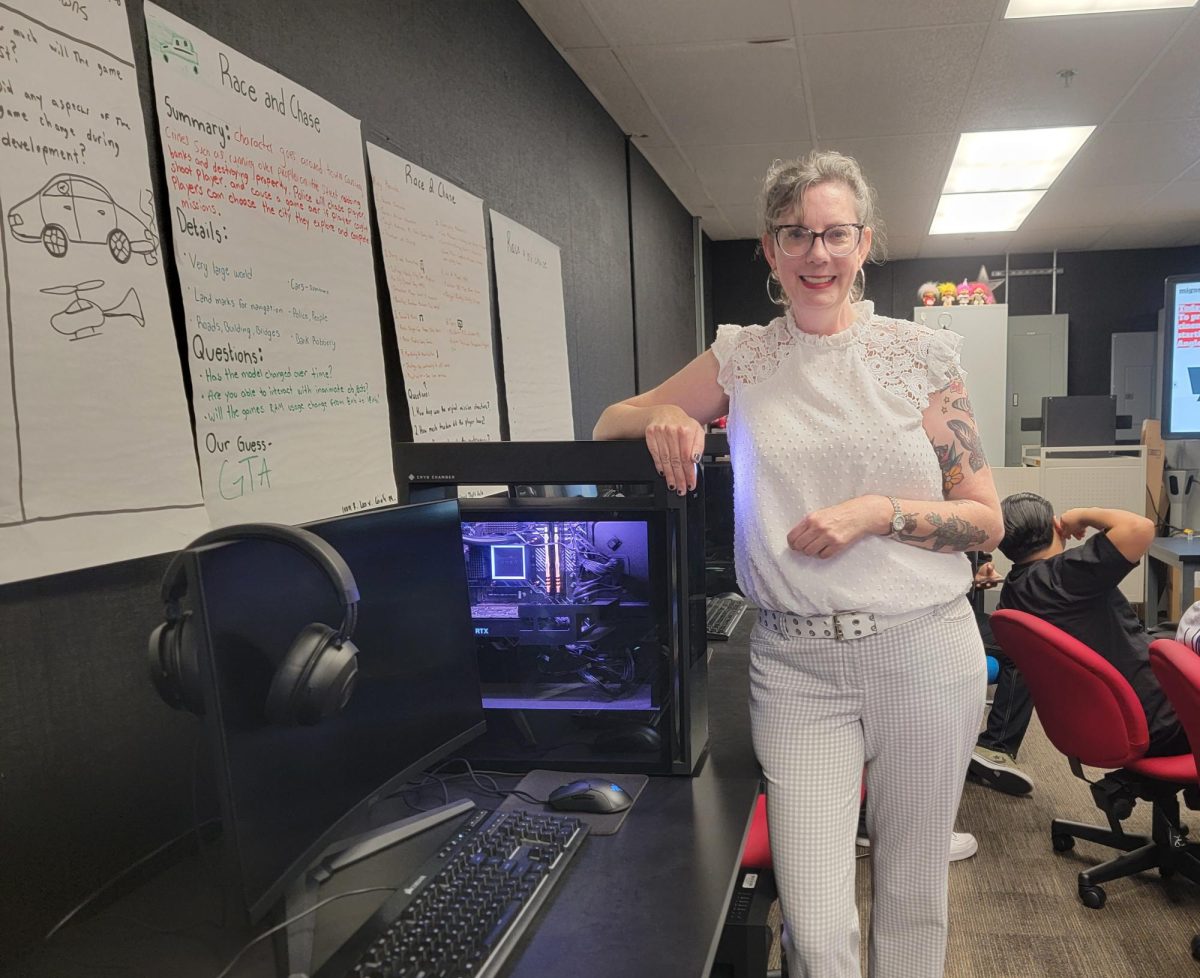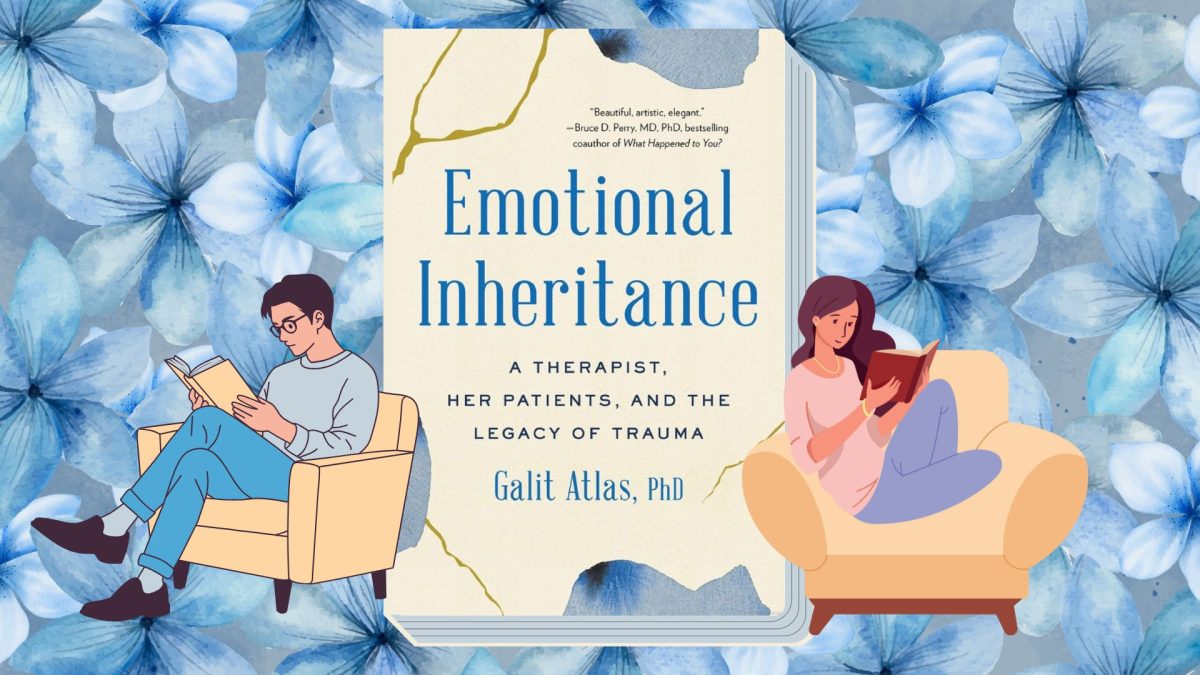Imagine you are in a library studying for your chemistry exam; it’s quiet and comfortable, creating the perfect environment to focus because there are minimal distractions. Unfortunately, this is difficult to do in Santa Ana, considering there are only two libraries in Santa Ana that are funded by the city, which makes you wonder if the city cares for the youth, and if they did, why not spend money investing in their future and opportunities for the youth?
In the 1980s, Santa Ana had a gang problem that ultimately led the city to put a significant amount of funding into the police department, more specifically, about 60% of the city’s budget into the police department.
Jorge F. Rodriguez, an assistant professor at Chapman University and founder of the SAY Media Project, which helps empower the youth of Santa Ana to express themselves to their community, shares his views regarding the city of Santa Ana’s view of the resident youth.
“There tends to be a deficit-based lens when we look at our youth,” Rodriguez said.
The city of Santa Ana has a bad habit of disregarding the youth’s opinions because of their turbulent past and age. This makes them think the youth do not have useful skills that will allow them to contribute to society and are, therefore, unimportant.
Daisy Espinoza, the director of academic services for the Nicholas Academic Center program, shares her experiences with academic opportunities from Santa Ana.
“Every other city has multiple libraries. Santa Ana has one,” Espinoza said.
Espinoza’s reflections have given insight into the difference in the academic treatment the youth have been given compared to other cities that, according to Espinoza and former NAC alumni Marlizett Morales, are lacking. Because while Santa Ana has two libraries, one is very far away and closer to Fountain Valley than Santa Ana, which limits its use by the community and youth.
U.S. history teacher Rafael Ramos shares his experience as a past academic youth who was born and raised in Santa Ana.
“The city right now is trying to make a better effort than what I’ve seen in the past,” Ramos said.
Ramos shared his experience regarding the academic and recreational activities that the city of Santa Ana has presently given the youth, such as more parks being built and the Day of the Dead celebration that takes place downtown every year.
Compared to the number of opportunities given to him when he was a high schooler, he claims that they have been more proactive in giving the youth of Santa Ana more opportunities to improve their academic performance and community relationships.
While the city of Santa Ana still seems to have a controversial perspective toward the youth as seen in the statistical budget and Rodriguez, Santa Ana residents have seen an increase in parks’ recreational activities such as youth sports, scholarships, and the expanding youth sports program. This is an indication that the city has begun to invest more in its youth.

